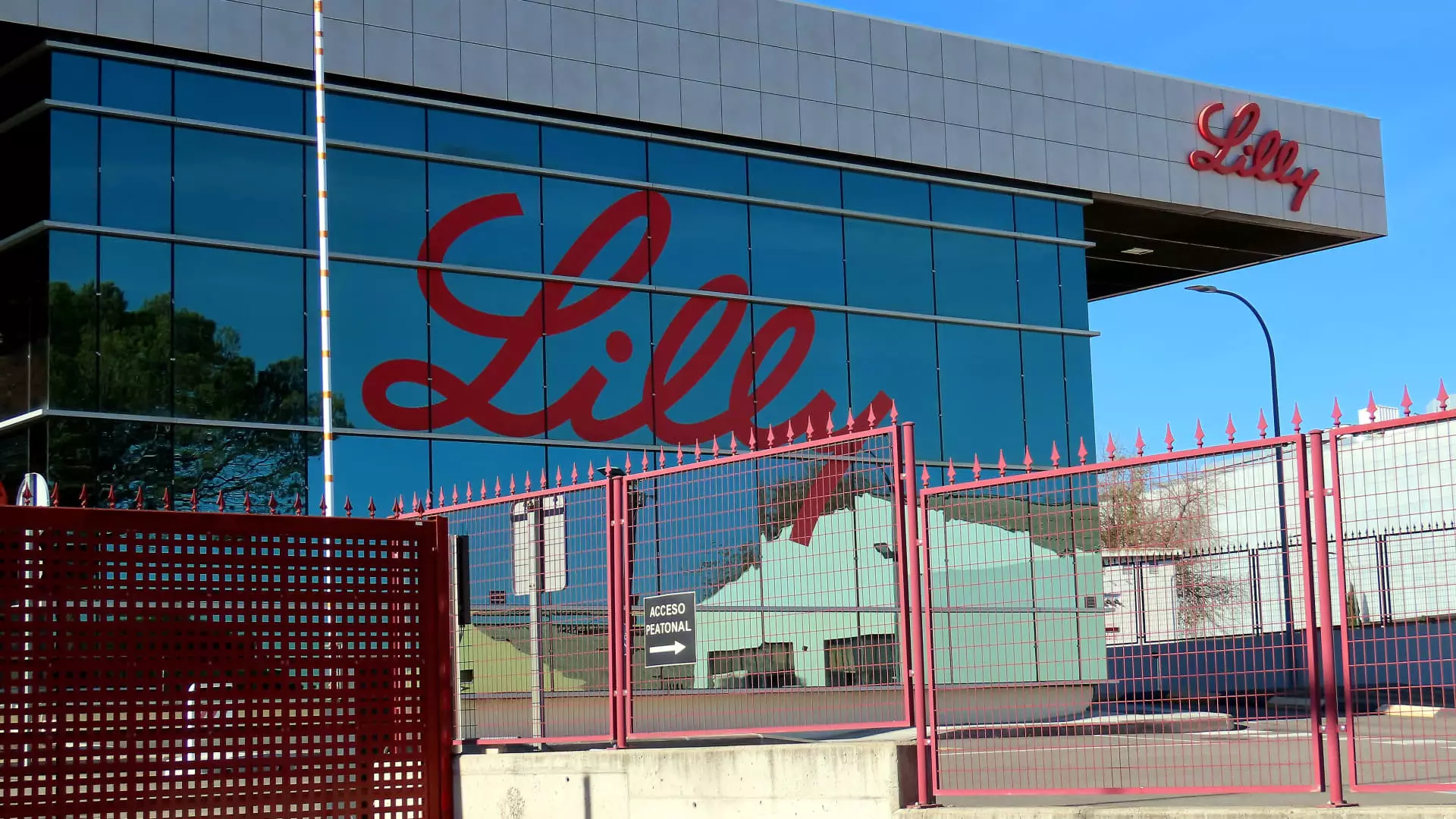Boeing has recently experienced a glimmer of hope, reflected in a nearly 2% spike in its shares following a much-needed upgrade from Bernstein. This momentary gain suggests a possible rebound for the aerospace giant, especially as it extracts itself from the controversies surrounding Alaska Airlines and the tragic incidents involving the 737 Max. However, can we truly trust that this is a sustainable recovery? The aviation industry is notorious for its volatility; past performance does not always guarantee future success. The perception of safety and reliability has shifted, and one might argue that Boeing’s path to stability is fraught with hurdles that could derail even the most optimistic projections.
Progressive: A Mixed Bag of Financial Fortunes
In a surprising twist, Progressive experienced a modest rise of over 1% after receiving an upgrade from Bank of America. Just weeks prior, the insurer saw a significant decline, pushing investors into a state of uncertainty. The stark contrast in the stock’s performance speaks volumes about the market’s mood swings, largely dictated by speculative financial analysis. While Bank of America’s rationale hinged on strong March results, one has to question whether this fluctuation reflects a genuine turnaround or just a temporary reprieve before another downward spiral. In the often unpredictable world of finance, stability remains a distant dream, with Progressive’s recent history providing little reassurance.
Domino’s: The Pizza Paradox
The case of Domino’s Pizza encapsulates the unpredictable nature of consumer performance amidst an evolving market landscape. While reporting earnings that surpassed expectations, the company still saw shares tumble nearly 3%. It’s perplexing how a reported revenue of $1.11 billion can lead to declines when investors anticipated even better outcomes. Is this a reflection of an overly optimistic market or the changing tastes of consumers wary of price hikes? Mixed signals from Domino’s illustrate a larger issue within the food industry—an ongoing battle between rising costs and consumer loyalty. The question remains: will Domino’s adjust to market needs effectively, or will it become a victim of its own success?
On Holding: Gaining Footing in Uncertain Times
In stark contrast, On Holding’s shares enjoyed a 3% increase after Citi’s upgrade. This athletic shoe retailer presents a compelling case study for resilience amid market turmoil. Citi posits that On Holding is among the best-equipped to navigate the industry’s current turbulence, even suggesting that they could feasibly transfer cost increases to consumers without significant backlash. This perception poses important questions about the competitive landscape—are consumers willing to bear higher prices for quality products, and is On Holding capitalizing on a critical moment that could position it at the forefront of the sector?
Eli Lilly’s Fall from Grace
Meanwhile, Eli Lilly faced a nearly 2% decline after HSBC adjusted its outlook from “buy” to “reduce.” The downgrade serves as a stark reminder of the fragility of pharmaceutical stocks, typically buoyed by the promise of breakthrough drugs. The stark reality that market conditions pose risks to its once-solid valuation reveals the perils of overestimating the impact of new drug innovations, especially in the face of rising competition. As the weight loss drug market heats up, Eli Lilly’s journey underscores a serious challenge for investors eyeing long-term potential amidst a sea of uncertainty.
Navigating through the data and analysis of these companies sheds light on a broader narrative: the resilience of the market is often as fragile as the expectations set by analysts and investors alike. As we delve deeper into these stocks, it becomes clear that while optimism is necessary, a cautious approach may serve investors better as they traverse these unpredictable financial waters.

